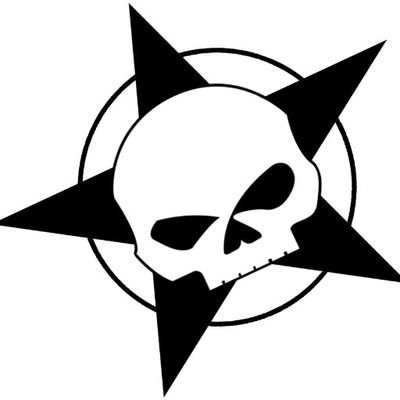A year or so ago, it seemed as if the psychological thriller was destined to overtake most other sub-genres of crime fiction. There’ll always be a market for ‘cosy crime’, but the best-seller thrillers were at the other end of the spectrum, featuring graphic violence and sadism, much of which was either directed against or perpetrated by women, and written by women too. Highly improbable twists and turns were the order of the day, and the final climax was required to be sickeningly bloody.
the psychological thriller was destined to overtake most other sub-genres of crime fiction. There’ll always be a market for ‘cosy crime’, but the best-seller thrillers were at the other end of the spectrum, featuring graphic violence and sadism, much of which was either directed against or perpetrated by women, and written by women too. Highly improbable twists and turns were the order of the day, and the final climax was required to be sickeningly bloody.
As an aspiring crime fiction writer I was depressed by this trend. I found the books very hard to read, couldn’t contemplate writing that way, and was therefore apparently condemned to be ‘unfashionable’. Was this just squeamishness or cowardice on my part? No, it was a choice, and I chose not to go that way. My two crime books ‘Cruel Tide’ and ‘Fatal Reckoning’ were strong on setting and character, but seemed to fall between two stools – harmless ‘who-dunnits’ on the one hand, and miserable misogyny on the other. I was heartened when Fahrenheit Press agreed to p ublish my crime novels both as ebooks and POD, but I was less interested in writing further crime fiction if I couldn’t resolve my dilemma about the style.
ublish my crime novels both as ebooks and POD, but I was less interested in writing further crime fiction if I couldn’t resolve my dilemma about the style.
Discussing my future writing ideas recently with a well-connected London-based ‘commissioning editor’ I was surprised and pleased when she offered the view that the trend for violent thrillers was waning, nudged away by a renewed interest in rural rather than metropolitan settings and a gentler view of life, which would in turn produce a different style of crime fiction.
And in recent reports from the London Book Fair, similar views have emerged there too. Maybe it is felt, as I have felt myself, that excessive violence verges on the pornographic and has reached its limits as a popular genre. If this is true, I for one am delighted.

Recent Comments